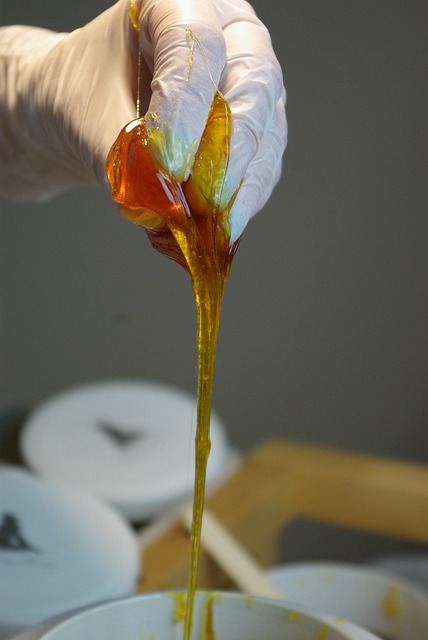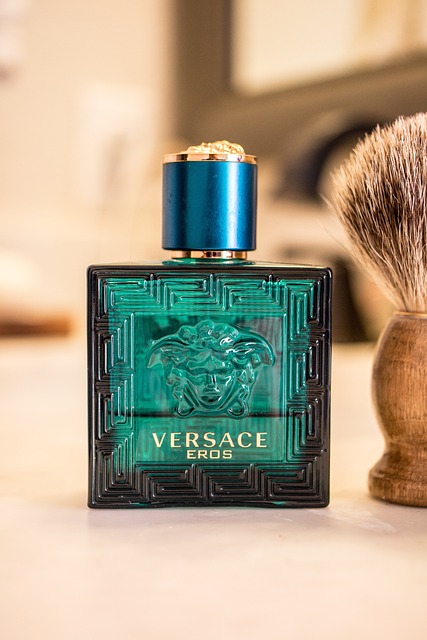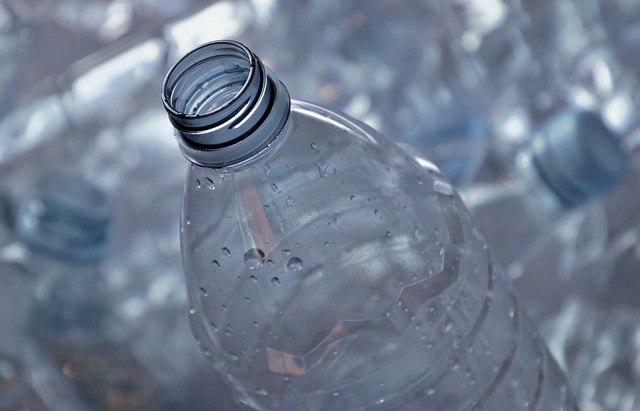Pet stains and odors, caused by urine, feces, drool, and dander, require understanding their sources for effective cleaning. Regular cleaning, enzymatic cleaners, activated carbon filters, and natural solutions like baking soda and essential oils are key to odor removal. Preparation, the right tools (vacuum, carpet shampooer, etc.), and surface-specific techniques ensure success. Advanced methods like aeration, ozone treatment, and UV sterilization offer professional help for persistent scents. Proactive measures like grooming, consistent cleaning routines, and using odor absorbers maintain a fresh home environment.
“Uncover the secrets to achieving a fresh, scent-free home despite your pet’s occasional ‘accidents’ with our comprehensive guide. From understanding the science behind pet odors and their causes to mastering effective odor removal techniques, we’ve got you covered. Learn about natural solutions, advanced cleaning methods, and practical tips for minimizing disruption during deep cleaning. Get ready to bid farewell to stubborn pet stains and smells once and for all.”
Understanding Pet Stains and Odors: Common Causes and Types

Pet stains and odors can be a common challenge for many homeowners, but understanding their causes and types is the first step towards effective cleaning and odor removal. These issues often arise from various sources, including pet urine, feces, drool, and dander. Urine stains, for instance, are usually yellow or brown and can leave a strong, persistent smell if not addressed promptly. Fecal matter can result in darker, more difficult-to-remove stains, often accompanied by an unpleasant odor.
Pet odors can also stem from various factors. Drool stains, while less common, can be particularly tough to eliminate due to their high protein content. Dander, or dead skin cells, is another contributor to pet smells; it adheres to fur and surfaces, leading to a musty aroma if not regularly cleaned. Additionally, certain breeds of pets may produce more dander or have shedding patterns that exacerbate odor issues. Recognizing these causes will help homeowners employ targeted solutions for effective odor removal.
The Science Behind Odor Removal: Effective Methods and Technologies

The science behind odor removal involves a complex interplay of chemical reactions and material properties. When dealing with pet stains and odors, understanding the source is key. Odors are typically composed of volatile organic compounds (VOCs) that dissipate into the air or adhere to surfaces. Effective methods for odor removal harness advanced technologies like enzymatic cleaners, which use enzymes to break down these VOCs at a molecular level. These enzymes act as biological catalysts, speeding up the degradation process and neutralizing odors naturally.
Additionally, modern materials science has developed fibers and fabrics with enhanced absorbency and moisture-wicking properties. These innovative textiles trap and encapsulate odor molecules, preventing them from re-emitting into the atmosphere. Furthermore, activated carbon filters and ionization technologies are employed to capture microscopic particles and VOCs, leaving spaces fresh and free from pet odors. By combining these scientific advancements with rigorous cleaning techniques, effective odor removal becomes a reality, ensuring homes remain welcoming and comfortable for both pets and their owners.
Preparing Your Home for Deep Cleaning: Tips to Minimize Disruption

Before diving into deep cleaning, preparing your home can significantly minimize disruption and ensure a more efficient process. Start by decluttering – remove any items that are not essential or could hinder access to hard-to-reach areas. This includes moving furniture away from walls and floors to create open spaces for thorough cleaning. Additionally, gather all necessary supplies, such as pet-safe odor removers, cleaning solutions, and protective gear like gloves.
To further facilitate the process, vacuum and mop the floors beforehand. This step helps to eliminate loose dirt, fur, and other debris that could react with cleaning products or impede their effectiveness. Also, wash any washable fabrics, like curtains, cushions, and bedding, to remove pet odors naturally. These preparations not only enhance the overall cleanliness but also ensure a smoother experience for both you and your pets.
Essential Tools and Supplies for a Successful Pet Stain and Odor Cleanup

When it comes to tackling pet stain and odor cleanup, having the right tools and supplies is essential for a successful and efficient process. The first step in effective odor removal is preparation. This includes acquiring essential items like a high-quality vacuum cleaner with powerful suction and HEPA filters to trap dander, fur, and allergens, as well as a carpet shampooer or steam cleaner designed for deep cleaning. Additionally, prepare a solution of warm water and a mild detergent or specialized pet stain remover to target and lift stains from fabrics and surfaces.
Don’t forget the importance of odor neutralizers and air fresheners to combat persistent pet odors. Opt for natural, non-toxic options that are safe for both pets and family members. Lastly, gather protective gear such as rubber gloves to shield your hands while cleaning, especially when dealing with tough stains or harsh chemicals. With these essential tools and supplies at the ready, you’ll be well-equipped to tackle pet messes head-on, ensuring a fresh and clean environment for everyone.
Step-by-Step Guide: Removing Stains from Various Surfaces

Removing stains from various surfaces is a crucial step in effective pet odor removal. Start by identifying the type of surface and the specific stain. For carpeting, blot the stain gently with a clean cloth or paper towel to absorb as much excess liquid as possible. Avoid rubbing, which can spread the stain further. Next, apply a suitable pet stain remover according to the product instructions. Enzymatic cleaners are effective for breaking down organic matter.
Once the cleaner has had time to work (follow the product guidelines), scrub gently with a soft-bristled brush or sponge. Rinse thoroughly with warm water and dry completely. For hard floors, vacuum first to remove any loose hair or debris. Then, use a slightly damp mop with a pet odor removal solution. Ensure you follow the cleaning manufacturer’s instructions for safety and optimal results.
Natural and Eco-Friendly Solutions for Pet Odor Elimination

Many pet owners are on the lookout for natural and eco-friendly solutions to tackle the persistent pet odors that can linger in homes. Traditional odor removal products often contain harsh chemicals, which can be detrimental to both your health and the environment. Fortunately, there are several safer alternatives that are highly effective in eliminating pet smells.
One popular method is using baking soda and essential oils. Baking soda acts as a natural deodorizer by absorbing moisture and neutralizing odors. Essential oils like lemon, lavender, or tea tree oil not only add a refreshing scent but also possess antimicrobial properties. Combining these ingredients creates a powerful yet gentle cleaning agent that can be used on various surfaces throughout your home. Additionally, white vinegar is another versatile product known for its odor-fighting capabilities; it’s particularly useful for tackling pet urine odors due to its acidity.
Dealing with Persistent Odors: Advanced Techniques and Professional Help

Dealing with persistent pet odors can be challenging, but advanced techniques and professional help offer effective solutions for long-lasting results. Beyond standard cleaning methods, specialized odor removal treatments target and eliminate deep-seated scents. Enlisting the aid of professionals equipped with cutting-edge tools and products ensures thorough disinfection without residual chemicals.
These experts employ strategies such as enzymatic cleaning, which uses natural enzymes to break down organic matter responsible for odors, and aeration techniques that infuse oxygen into affected areas, neutralizing smells at their source. For stubborn cases, advanced technologies like ozone treatment or ultraviolet light sterilization can be employed, providing a deep clean and fresh environment for your pets and household members alike.
Maintenance and Prevention: Long-Term Strategies for a Fresh Home

Maintaining a fresh and clean home, especially when it comes to pet stains and odors, requires a strategic approach that goes beyond routine cleaning. Long-term strategies for odor removal involve proactive measures to prevent issues before they arise. Regular grooming and brushing of pets can help minimize loose hair and dander, which are common causes of indoor allergies and odors. Additionally, establishing consistent cleaning routines is essential; this includes regularly washing pet beds, toys, and blankets to keep them fresh-smelling.
Pet parents should also consider using odor-absorbing materials like baking soda or specialized pet odor eliminators in areas prone to scent buildup, such as carpets and upholstery. Moreover, encouraging good pet hygiene practices, like teaching pets to use a designated litter box or outdoor area, can significantly reduce the need for extensive cleaning later. By combining these preventative measures with consistent upkeep, homeowners can ensure a cleaner, more pleasant living environment for both themselves and their furry friends.
